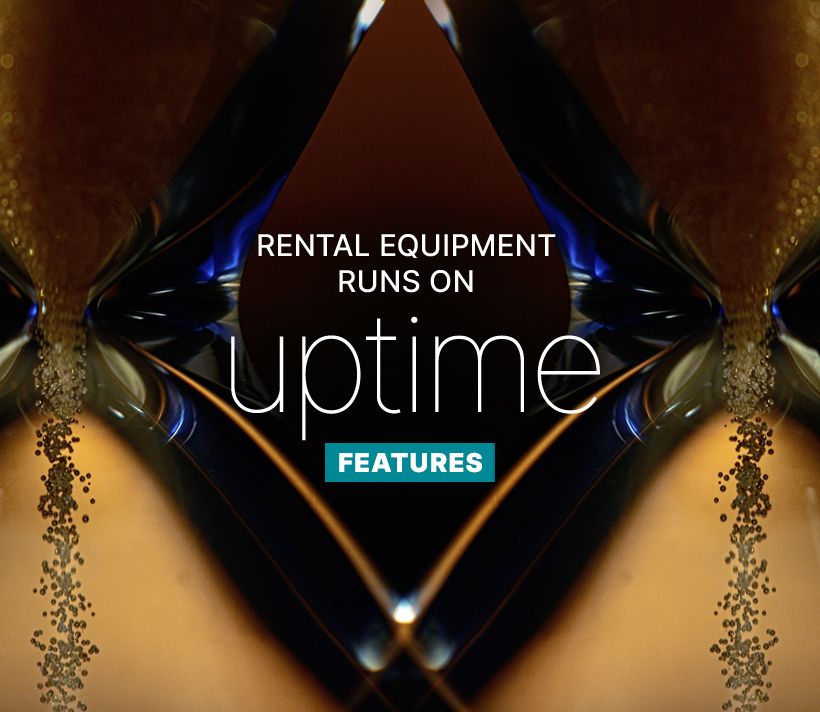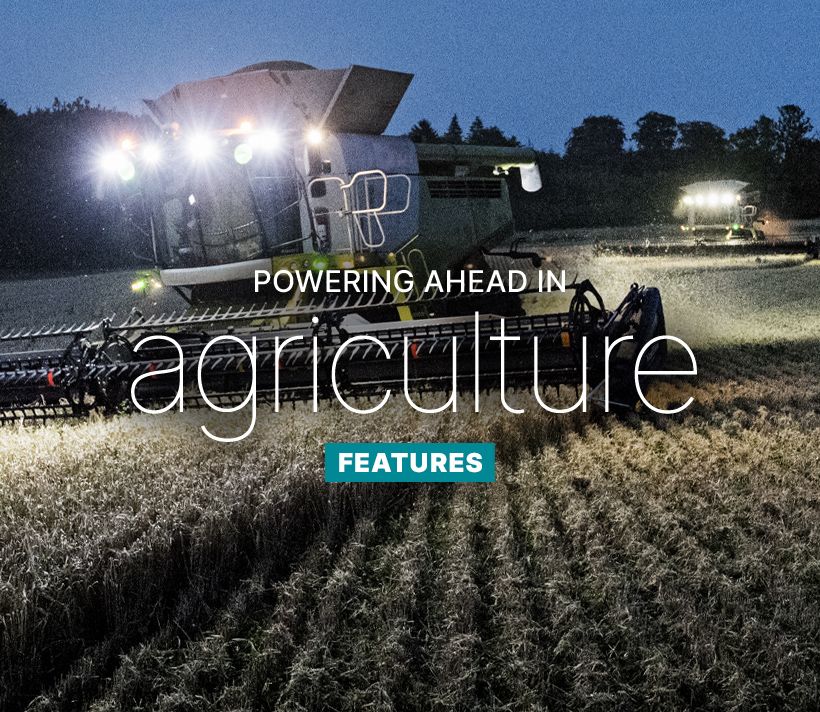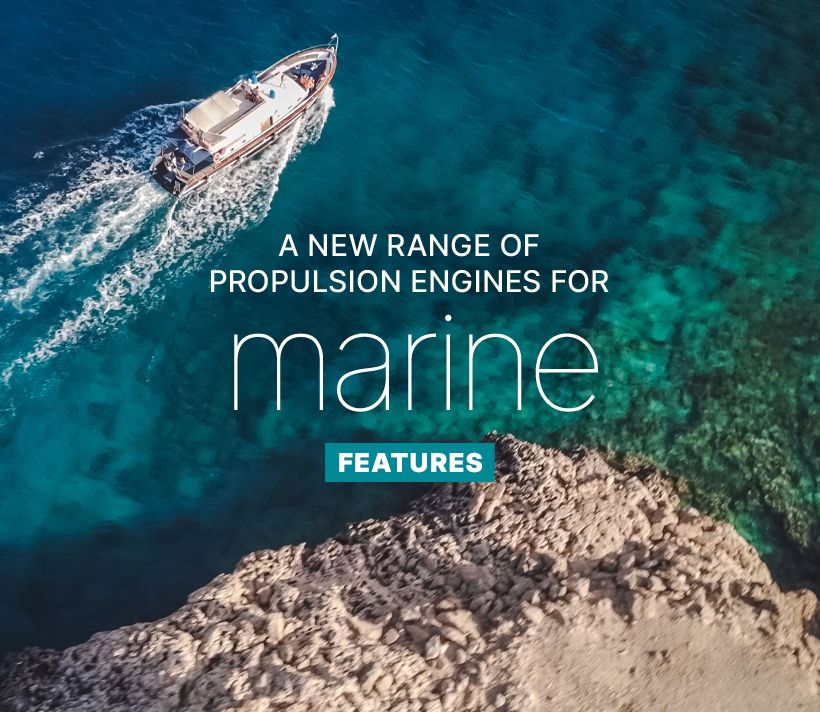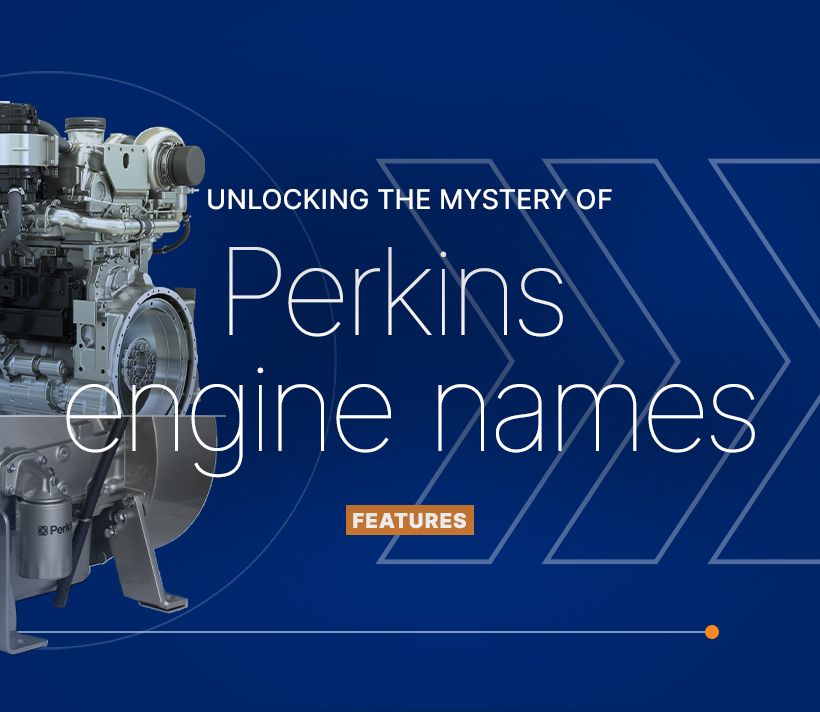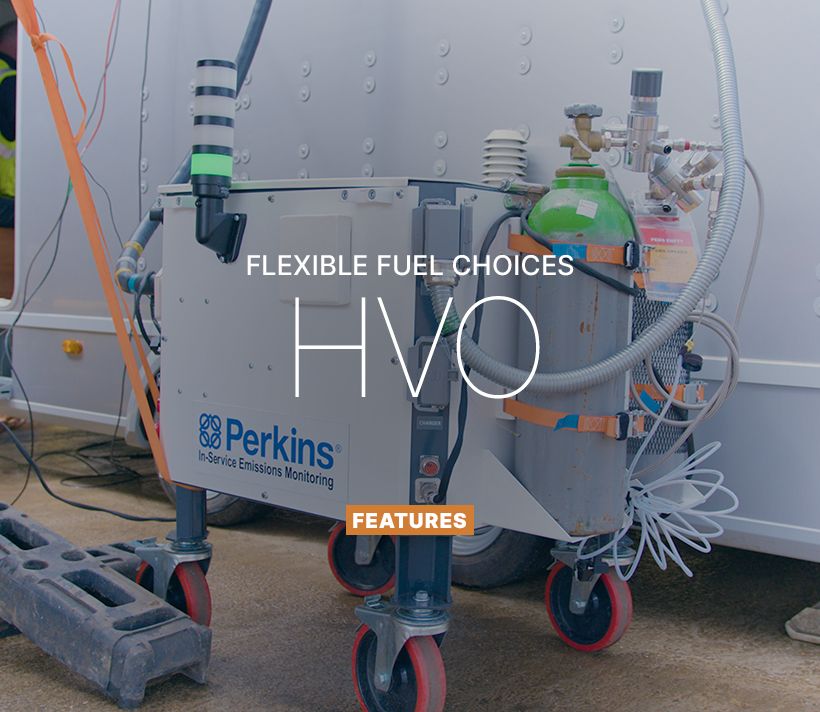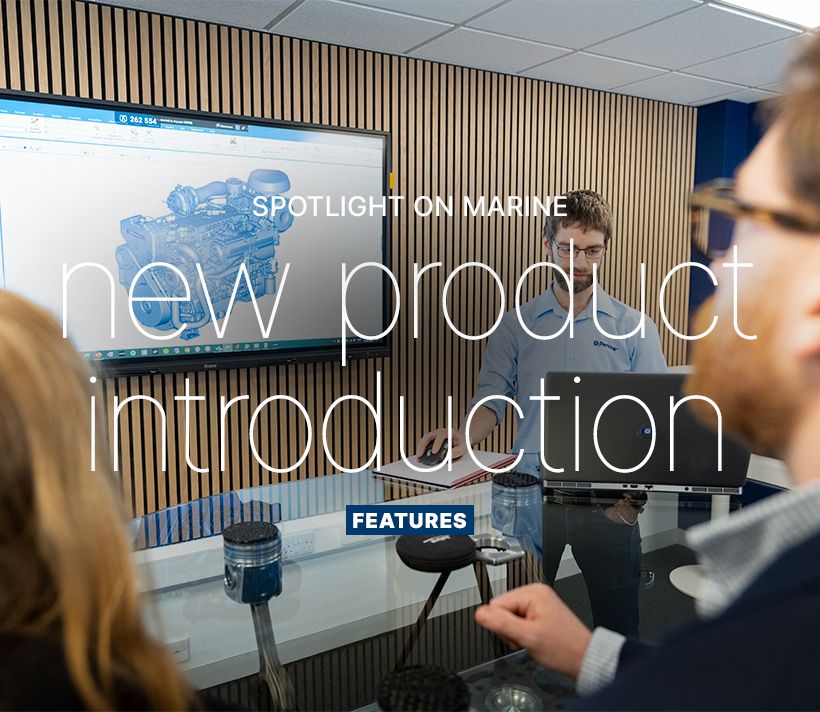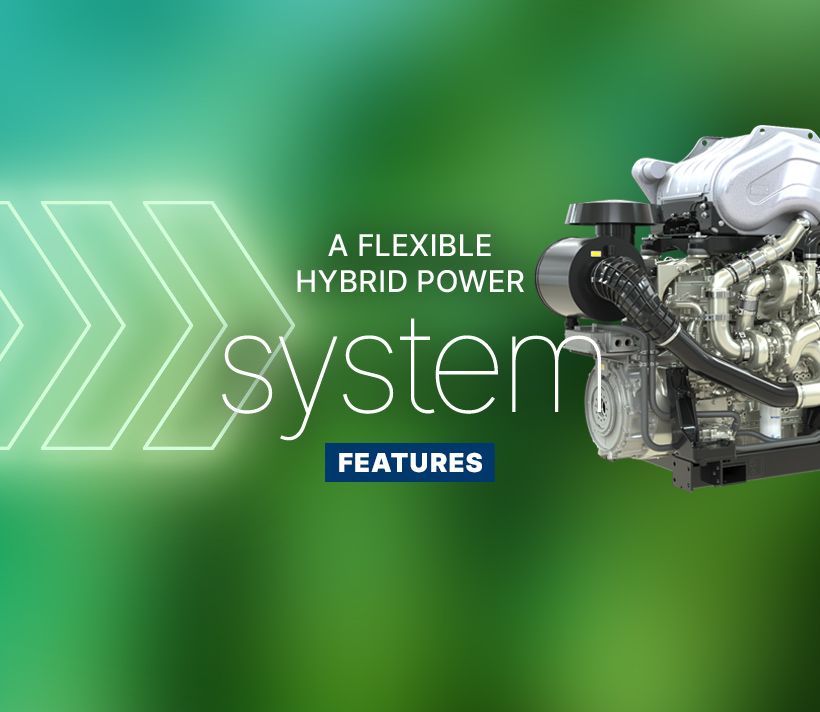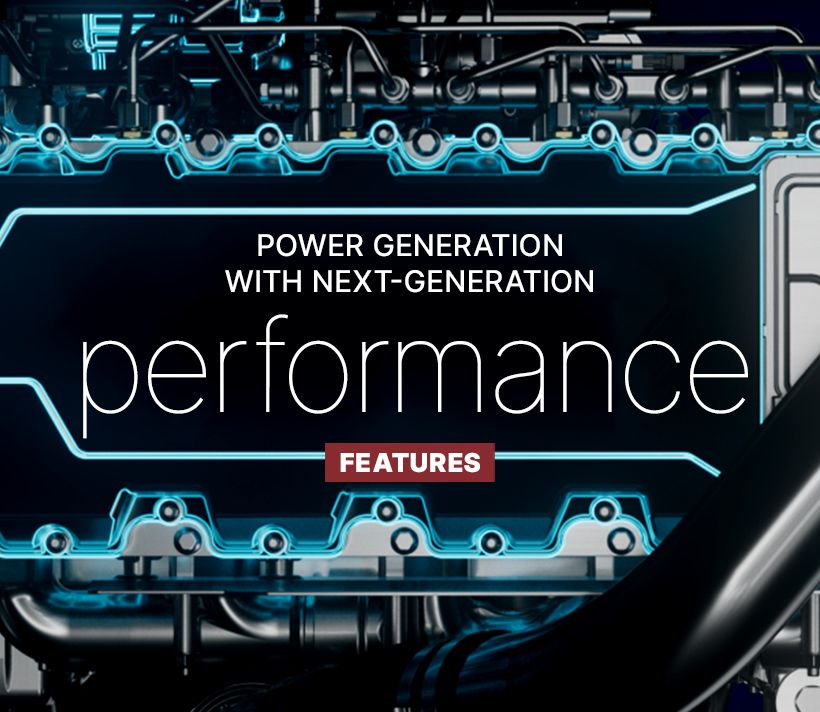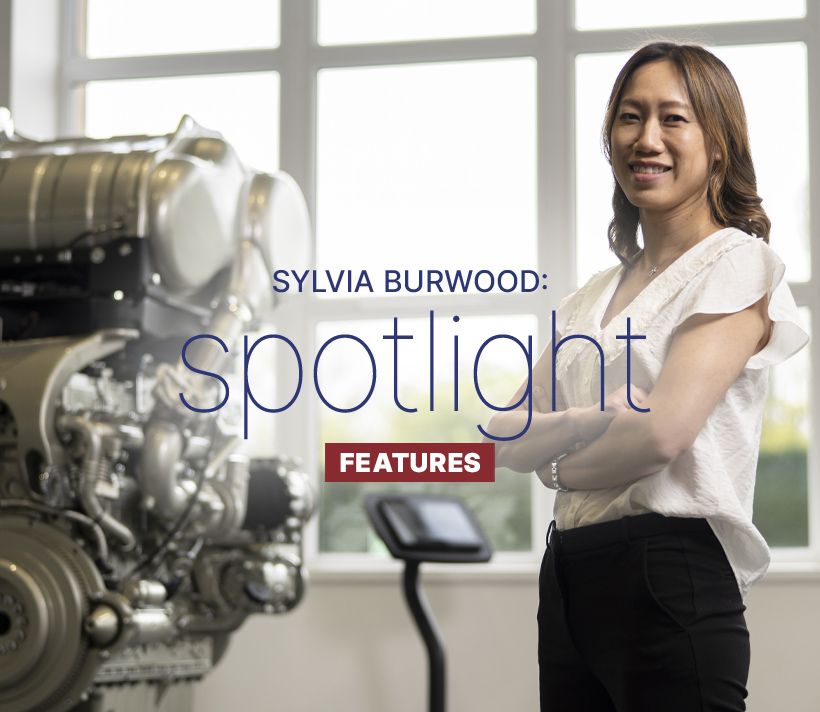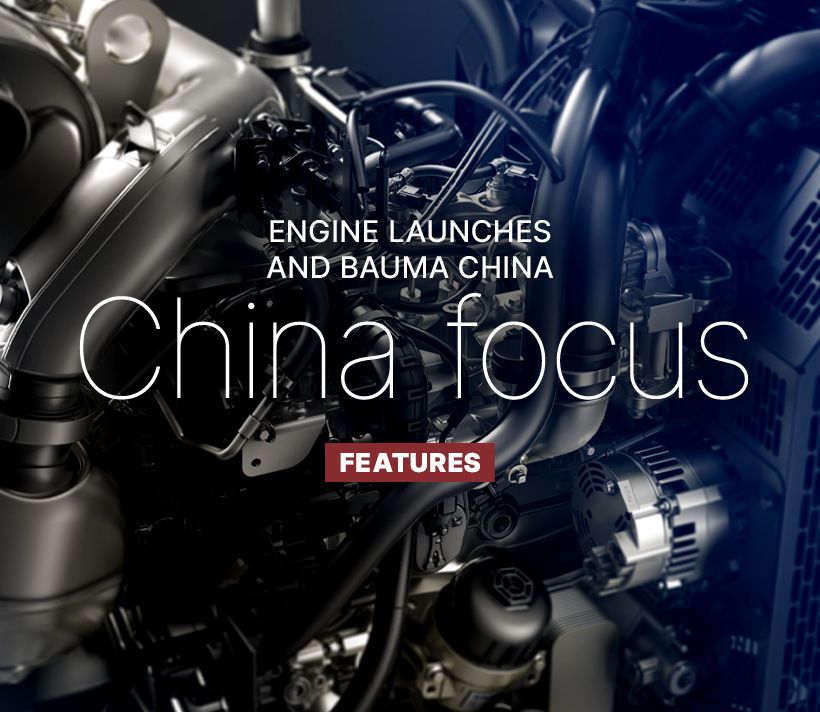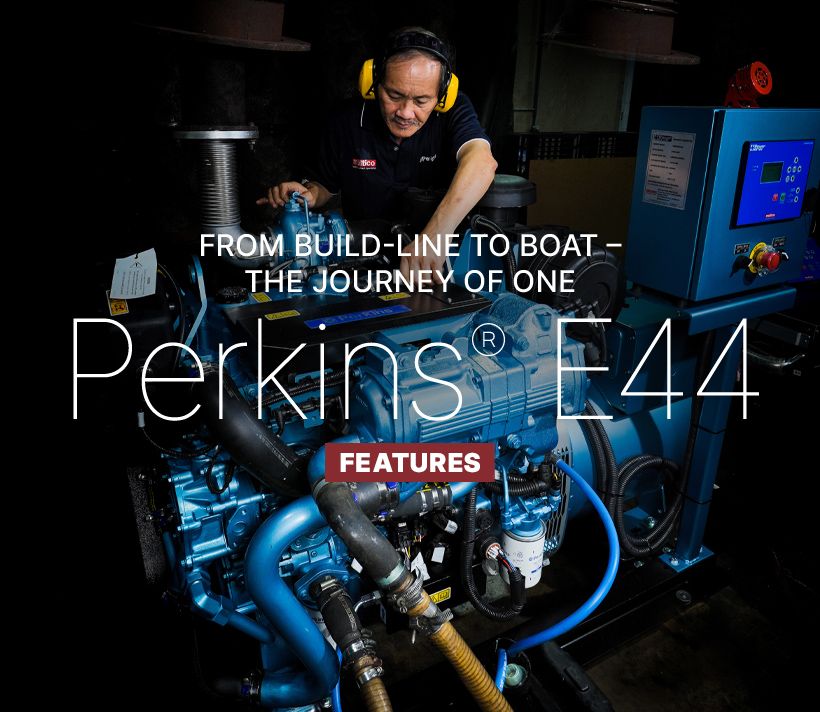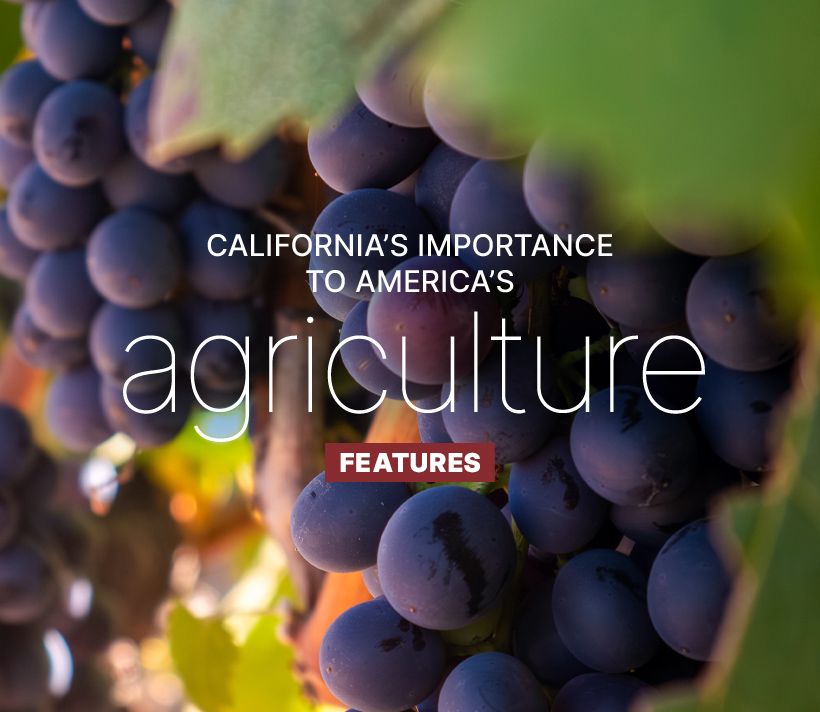“A lot of our customers that are on the journey, they're looking at what they can do around reducing fuel consumption and reducing emissions,” said Paul Muller, technical sales manager. “They're now looking to the future and our Pathfinder project is a way we can demonstrate the future steps that they can take.”
The energy transition is providing opportunities for industries ranging from utilities to transportation to construction to explore the benefits alternative power solutions can offer.
For off-highway machine manufacturers, hybridisation, electrification, and alternative fuels are some of the potential solutions that can provide OEMs and their customers with a host of benefits. But, for many OEMs, researching these options is challenging since available resources, tools, and facility space are limited, and current machine development priorities and customer needs must take precedence.
Dedicated to serving as a trusted adviser for OEMs during the energy transition, Perkins has, over the last few years, been running projects to demonstrate the possibilities of hybridisation, alongside full electrification.
One of these projects – Pathfinder – has seen our engineering team electrify a 75 kilowatt telehandler. But the goal was not simply to prove it could be done, as the team wanted to show OEMs that hybridisation can bring additional benefits to end users. The project sought to:
“We're really looking to understand all the different technologies for the energy transition, so Pathfinder was built as a technology demonstrator, with our team coming together to look at the best way to optimise the fuel consumption and the overall system cost and performance,” said Ian Evans, engineering manager.
“We used the simulation lead process starting from building models of the engine and the batteries and the motors and how they're going to integrate together to really optimise that energy use and minimise the fuel consumption, minimise the emissions,” he continued.
“That core simulation has come all the way through from pure models on a desktop, all the way through the test bed into the Pathfinder machine. There are some real advantages with the architecture we've chosen on this machine. We've chosen to enable the engine to be stopped completely while the system still runs. We can run this electric only mode, so that it can be working outside and then go into a building, which makes it a flexible solution.”
Ian added: “We can turn the engine off, allow the system to run fully electric and then restart the engine and work again. We’re really trying to maintain the performance of a much bigger diesel engine, much more complex diesel engine in this smaller package.”
To do this, the team simulated the integration of a variety of engine models and batteries with the motor to identify the optimal combination for minimising fuel consumption and emissions while maximising energy usage. This led the team to retrofit the existing engine space to include a 55 kW Perkins® 904J-E28T engine, a 20 kilowatt 48V P2 Motor Generator Unit (MGU), and a 48-volt 3.9 kWh battery.
This work converted the telehandler from a diesel-powered telehandler to a hybrid machine that boasts multiple advantages over the original machine. For example, it now has electric-only running capabilities using the Perkins® 48V battery system. This allows the user to turn the engine off and run the system in fully electric mode – eliminating idling and reducing fuel consumption, emissions, and engine wear. We were also able to take out the 75 kilowatt engine, replace it with a 55 kilowatt engine, and achieve the same performance by adding 20 kilowatt of battery output.
Engineer Brian Hunt, who has been operating machinery for many years, and frequently tests Pathfinder around Perkins’ Peterborough site said: “The big revelation for me was that we were able to take out a 75 kilowatt engine, replace it with a 55 kilowatt engine, and get the same performance by adding 20 kilowatts of battery output. Now we've got a stack of 3.9 kWh batteries underneath the boom.
“When everything kicks in together from the driving seat you don't know anything different from when it arrived with a diesel engine. It's no different to operate at all. The only difference is we built a bespoke panel to control the battery diesel engine integration side. Once you've started the machine and you start driving it, all the operator controls are the same. Nothing's changed.”
The clear message from the Perkins team is that they are ready so share their deep engineering expertise, wide-ranging sector knowledge, and power-source-agnostic approach with OEMs navigating the energy transition.
“Looking towards the future, I see the industry using a range of different technologies,” said Paul. “There isn't a single size that fits everybody. We have a broad spectrum of different solutions to suit different applications, different customers and different places in the world where they're being run. You need some people that understand how these different systems work together, how to optimise the systems, and that's something that customers can leverage from within Perkins.”
He continued: “They want to give us a machine and work with us to do the updates and to add in something like a hybrid system, for instance.
“We're happy to have their machines here on site and put it together for them, give it back and allow them to try it and let them see what the benefits are for themselves.”
If you are an OEM interested in learning more, visit Perkins’ advanced power page and contact the team today.
Perkins’ collaboration with Trackunit, delivering real-time insights to customers, increasing productivity in the field.
Read moreFor industrial equipment rental, excellent technical support and parts availability is a necessity.
Read moreTo mark Agritechnica's 'Celebrate Farming Day', Powernews spoke to Andy Curtis, Customer Solutions Director at Perkins.
Read moreClever configuration options fulfil the current and future requirements of the industry.
Read moreWho keeps the lights on when the grid can’t? The power generation sector, of course. In the UK, its interests are represented by The Association of Manufacturers and suppliers of Power generating Systems (AMPS) – whose new director general, Alan Beech, came into post earlier this year.
Learn MoreHave you ever looked at the name of a Perkins engine and wondered what all those numbers and letters actually mean? If so, you’re certainly not alone. But rest assured the nomenclature is anything but random.
Read moreOne alternative fuel option we’ve researched heavily and have accommodated in our diesel engines for more than a decade is hydrotreated vegetable oil (HVO) – which must meet the EN 5940 standard – with the Perkins® 400 to 5000 Series able to use up to 100% HVO.
Read moreIn part two of our spotlight on marine we talk with Ben Lewis commercial manager, Dave Wood, application and tech support team lead and Stuart Phillipson, marine application and tech support to find out more about what’s in development for the marine range.
Read moreWhy stick to one fuel, when you can have a configurable power system?
Read moreMore than just a curiosity, they offer us different routes to future food security.
Read moreAvailable in the second half of 2025, the 2600 Series offers excellent load acceptance, fuel efficiency and versatility.
Read morePowernews caught up with Sylvia to learn more about her responsibilities, motivations, and leadership journey.
Read moreMore than 280,000 visitors from across the world attended this year’s four-day long Bauma China exhibition in Shanghai.
Read moreWe follow the journey from a Perkins facility in the UK to installation on a passenger ferry in Singapore.
Read moreThe state’s farmers grow more than 400 commodity crops, 19 of them unique to the Golden State.
Read more
